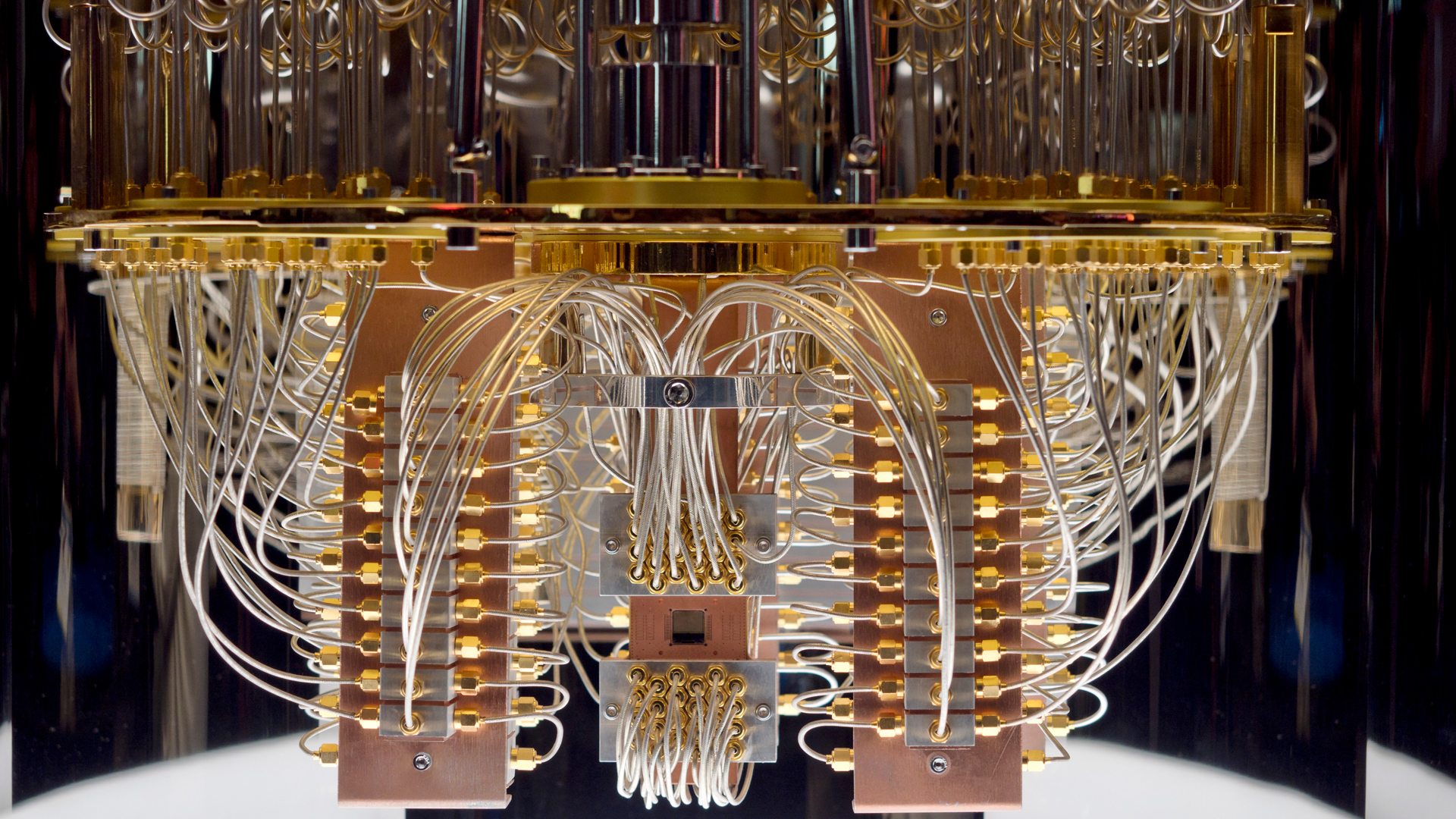Quantum computing is almost here – get ready for an amazing ride

Dr Keith Darlington
Introduction
If you haven’t heard about quantum computing, you will almost certainly in the coming months and years. Quantum computing offers power beyond human imagination. Only a few years ago, many physicists and computer science experts said that building a quantum computer would have been impossible. The complexity and cost of making such machines are just two prohibitory factors.
But recently, Google claimed quantum supremacy by creating a quantum computer that solved a problem in 200 seconds, which would have taken 10,000 years with a conventional computer. Yes, you did read that correctly. In this article, I briefly describe the difference between digital and quantum computers and show why the arrival of quantum computers may solve problems far beyond the reach of digital computers.
Some quantum computers have already been built – including some in the UK – but the technology is still experimental. So many are now asking if it can happen commercially and, if so, when. With big technology companies like Google, IBM, and Microsoft investing massive resources, many experts believe that the quantum computer will likely be commercially viable within the next 5 – 10 years. Of course, computers based on silicon chip technology are already being used by most of the global population in laptops, tablets, and smartphones – known as digital computing – but as I now show, digital computing may be reaching its limits.
Digital Computing
Digital computers were first developed during World War 2 and have improved beyond recognition. The first of these worked at speeds of about 1000 instructions per second. Today’s fastest computers can process at speeds of 1000 trillion times faster. To put the improvements in perspective, our smartphones are more powerful than the computers built for the Apollo Moon landings. These phenomenal improvements were noticed by someone named Gordon Moore, one of the co-founders of INTEL in the 1960s. He observed that computers using silicon chip technology doubled in power about every 18 months. He predicted that these improvements would continue at this rate, which has become known as Moore’s Law. Today, he gets much public acclaim because his predictions have turned out to be remarkably accurate. All digital computers improve according to Moore’s Law, but these improvements can’t continue for much longer because they are hitting the boundaries of the laws of physics. This is predicted to happen around 2030. Quantum computing is one possible way of helping to move beyond this impasse.

Quantum Computing
Digital computers work in the binary number system. Unlike our human number system, which uses ten digits to represent numbers (e.g., 0,1,2,3,4,5,6,7,8,9), binary numbers use only two digits—1 or 0. They are known as BITS. They can represent just two states—equivalent to something being on or off in a device. Everything that happens in digital computers involves the manipulation of BITS.
Quantum computing, on the other hand, is based on QUBITS. Google was one of the first to build a quantum computer, called Sycamore, a 53-qubit machine. QUBITS are not restricted to 0 and 1, but like a coin in mid flip, the probability that it can land as a head or a tail can be expressed as any figure in between, such as 0.45. This is called superposition, meaning more values can be used for calculations. Unlike digital computing, where a bit is either 1 or 0, superposition means that 1 and 0 can be true simultaneously. Thus, vast numbers of outcomes could be tested simultaneously – in parallel. One of the goals of the quantum computer has been to discover algorithms that can find an outcome close to the correct solution. These states could be evaluated simultaneously. According to physicists, the limit would be about 1 million computations simultaneously. This is a mind-boggling level of computation.

Quantum Physics defies common sense
The concept of Qubit suposition can be simulated by using atoms themselves in quantum computers. Indeed, the ambiguity in superposition was discovered at the level of atomic physics about a century ago. It means that the position of a fundamental (atomic) particle remains ambiguous until a process of observation causes that particle to ʺdecideʺ where it is. Some readers may have heard about this bizarre phenomenon from the thought experiment devised by the physicist Erwin Shrodinger. In this famous experiment, he shows how a cat placed in a box, known as Shrodinger’s cat, is dead and alive until the lid is removed. Even the great physicist Stephen Hawking once said, “When I hear about Schrodingers cat, I reach for my gun”. Quantum computing defies common sense. Albert Einstien also found quantum physics uncomfortable and didn’t like it because of its counterintuitivity.
Conclusions
Common sense has to be evacuated in the world of quantum physics, but it should be remembered that this strange phenomenon happens at the subatomic physics level outside our living experiences. Moreover, these concepts work. Examples of quantum applications are already being used in real-world applications, such as laser technology and semiconductors. However, getting quantum computers working is not without difficulty. This is because using atoms to represent QUBITS requires extreme sensitivity in that they are prone to fall out of superposition. These machines can only work at ultra-cold temperatures close to -273 degrees C.
Quantum computing may still be some way off, and there are many applications in which it may not replace digital computing. Nevertheless, there is much potential in applications mimicking atomic-level activity that could be beyond the reach of digital computing. For example, in applications that model real-world phenomena—such as weather and global warming or food production and life and diseases—quantum computing could help solve humanity’s most significant challenges. That is why we will be hearing much more about quantum computers in the future.
Dr Keith Darlington is a retired AI lecturer and author of five books on AI and computing topics
Support our Nation today
For the price of a cup of coffee a month you can help us create an independent, not-for-profit, national news service for the people of Wales, by the people of Wales.





Great article here straightforward and a good read for the layperson like myself much of this I did not know more articles like this please Dioch Nation.Cymru